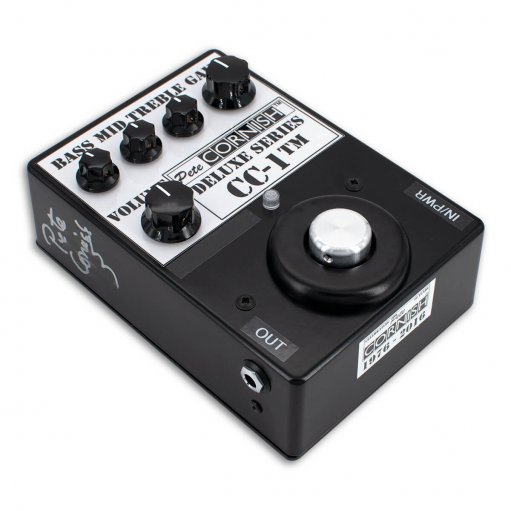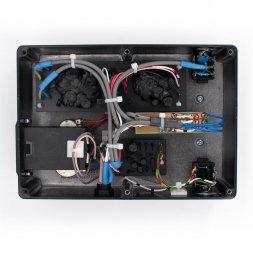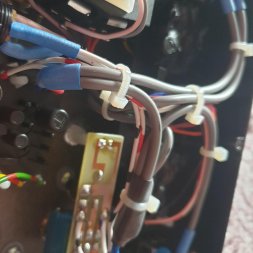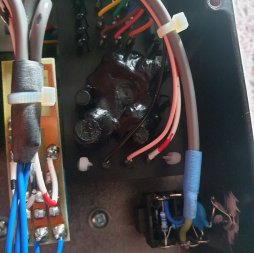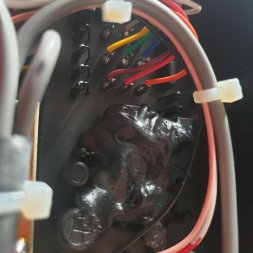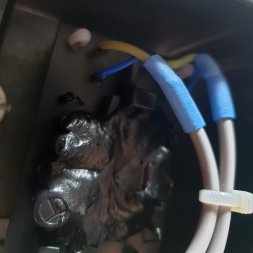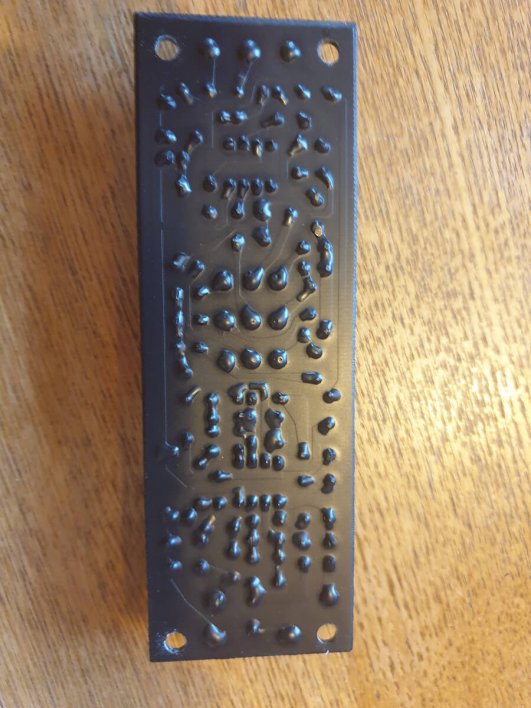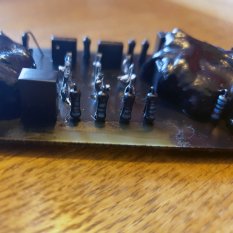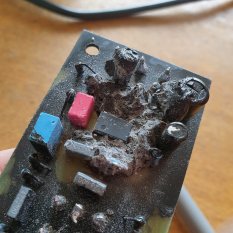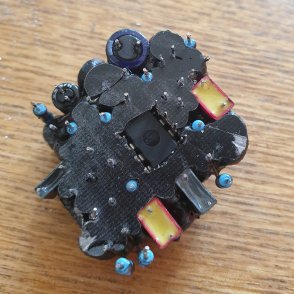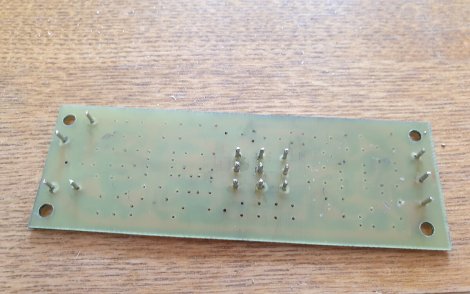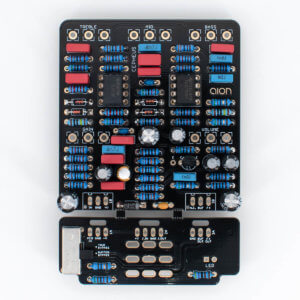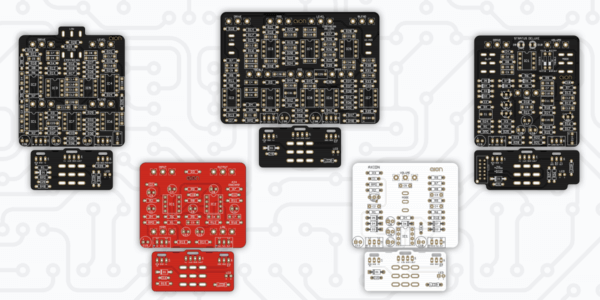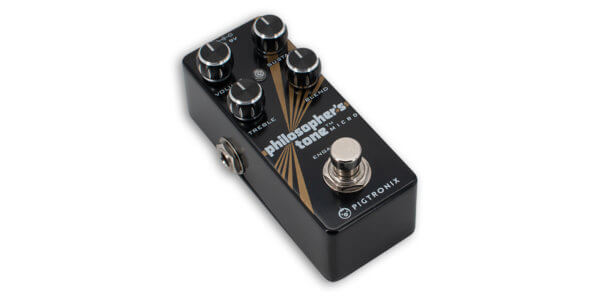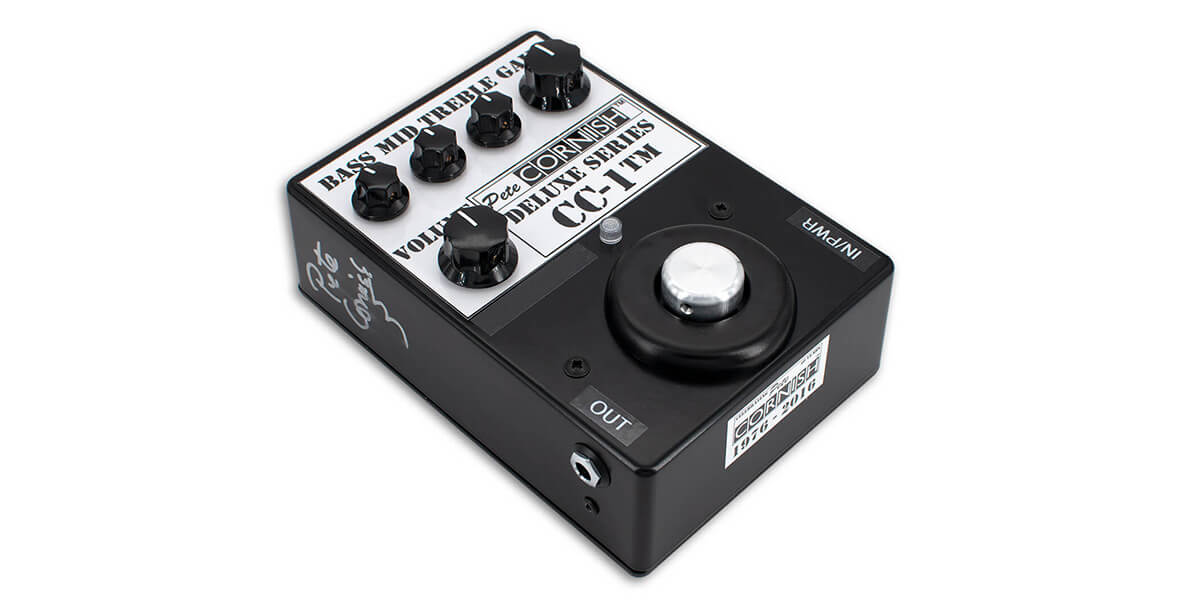
Tracing Journal: Cornish CC-1
Up until a few years ago, most of Pete Cornish’s pedals were clones or adaptations of something else: the Big Muff, Distortion+, or the Overdriver. But in 2013, he released the first of a handful of original circuits: the CC-1 “Cornish Crunch”. According to the Cornish website, the CC-1 has two soft-clipping stages followed by a 3-band EQ.
Here’s a demo:
When we hear “soft clipping” and “Cornish”, we immediately think Big Muff clipping stages using diodes in the feedback. We were skeptical as to how original the circuit actually was. But, the OC-1 (another of the new original circuits) was pretty inventive, and the demos sounded great—so curiosity got the better of us and we decided to trace this one too.
The bad news: While most of his PCBs are just conformally coated with black paint, the CC-1 (like the OC-1) is covered in a hard epoxy substance. We didn’t get it to the X-ray machine this time, but we could tell from the bottom of the PCB that it had two op-amps, so we weren’t looking at anything like a Big Muff. That was the information we needed to power forward and try to crack the code.
We’re glad we did. It really is a nice-sounding circuit, and he’s right: it’s not based on anything!
Tracing Photos
We found out halfway through that it was a lot easier to just remove the entire epoxy block than to go in from the top. It’s easy to do on a single-side board and made the rest of the process go a lot faster. (Too bad we didn’t think to do that when tracing the OC-1.)
Schematic
What’s the verdict?
Well: after an almost 50-year history of op-amps being used in effects pedals, it’s hard to put out something that’s truly original, and anything is going to be somewhat derivative of something else. But, Pete seems to have started with a largely blank slate here and designed something from the ground up rather than just combining well-worn circuit blocks.
He wanted two cascaded soft-clipping stages for an amp-like clipping response, and he came about them by using fixed-feedback opamp sections preceded by a gain boost. The diodes have resistors in series in order to soften their clipping and raise the threshold a bit. While neither technique is unheard of, they’re both uncommon and indicative of care taken in the design process.
The two-stage clipping is followed by a 3-band active Baxandall-style EQ, which adds a midrange control to the classic two-band implementation. The concept has been around for awhile (there are several examples in application notes as well as being described on the Elliott Sound Products website) but again, it hasn’t seen much use in commercial pedals—the Catalinbread Silver Kiss is the only other one we can think of.
And whatever the case, the end result is pretty great, and that’s what matters!
Cepheus Amp Overdrive
The Cepheus Amp Overdrive is available today. It’s based on the CC-1, but with one major addition: an internal slide switch to go between buffered bypass (original) and true bypass, as implemented on the other Aion FX versions of Cornish pedals.
Disclaimer: Aion FX is in no way affiliated with Pete Cornish. Any trademarks are property of their owners and are used for comparative purposes only.
